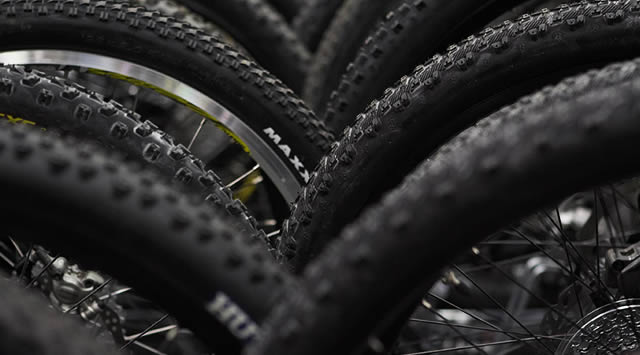The new reality of the US bike market: Part 2
Posted on in Business News , Cycles News

Industry veteran Rick Vosper gives his insight into the new reality of the US bike market, exploring era 3.0 as a driving force and the shifting market strategies.
Vosper previously discussed how the US bike industry came to be where it is today, read ‘The new reality of the US bike market: Part 1' here.
The decline in free-for-all innovation that powered era 2.0 is the driving factor for era 3.0.
Brands and consumers, at the turn of the millennium, understood what worked and what was wanted. The bike industry had essentially accomplished to optimize mountain bike frames, suspension and component subsystems but as the mountain bike formats stabilized, the bikes became less differentiated.
Alongside of this, consumers were moving back towards the dropped-bar road bikes and away from the mountain bike market. The road bike format had been created thirty years previous by European, Asian and American builders, to a point where road bikes were less subject to large-scale change as they were a sophisticated product class with a century of development behind them. The 1970s road geometrics largely mirror those of today, including endurance and gravel.
Four significant expectations arise from the principle of slowed innovation as brands within the bike market search for new ways to create product differentiation.
The development of 2.0 technology is often borrowed from mountain bikes. The evolution of indexed shifting to electronic, the introduction of more sophisticated wheel designs, an ever-increasing number of rear cogs and other enhanced stiffness technologies are included in this development. However, these evolutions were quickly adopted within the market and no longer provided sustainable advantages to their developers.
The creation of new standards for components and the rise of composite materials resulted in the other three exceptions to slowed innovation.
The late 1980s saw the creation of molded composite frames and due to small production volumes, these frames didn't have a major impact on either the market at large or on component design specifically. But, as the frame numbers and pricing expanded, it facilitated a move away from the traditional tube dimensions and shapes and equipment which evolved to take advantage of the new designs. It was these same changes that were then adjusted back onto metal frames helping to refresh the product class as well.
The market for frames and equipment evolved linearly with the expense and R&D time involved to extend performance evolution increased exponentially. The empowerment of larger and stronger brands within the bike market came from the new R&D resource requirements which saw the number of players able to meet the demands fall.
A shift is market strategies
Era 2.0 was all about increasing market reach by opening more retailers in areas. With retailers strategizing to control as many bike brands as possible to minimize differentiation by competing shops. However, the bust of mountain bikes in the 1990s saw the oversaturated retail market crash. This was parallel to the rise of discount internet sellers who affected retailers' most profitable revenue stream.
This affected the start of the 2000s with traditional bike shops failing as the supply of available retailers no longer growing. This decline in the bike market continued into the rebirth of the road market. It was here were suppliers were forced to search for new strategies and why, by definition, the surviving retailers were smarter and better financed. It was here that bike brands began shifting focus from era 2.0s strategy for more retailers per market to deeper and more trusted relationships with the most successful bike retailers.
Today, what matters is controlling the most floor space at the best bike shops, forcing competing brands out of the premium retailers' stores and into marginal ones. Large brands, even without being able to differentiate their products, could still control the sales channel that delivers those products to consumers. And, this sustainable market advantage is what drivers the 3.0 era dynamic.
Secondary to today's dynamic is the input of discounting on the internet. Equipment from leading brands today are generally not available at discounts online and therefore this translates to much higher equipment profits for both the brands and their allied retailers. Online discounting is a disproportionate punishment for unallied retailers.
Era 3.0s dynamic is perpetuated by the few brands who rise to the top, with the middle of the market collapsing and the remaining players being forced to the margins or out of business. It is for this reason that the less successful players in the bike market are increasingly forced to differentiate by price and value relative to the leaders of the market and this lower pricing results in lower profits which further disempowers the marginalised players.
Looming market disrupters
There are two market landscape changes that could result in the potential disruption of era 3.0.
The first and largest one is the growing e-bike market.
The e-bike market has the potential to change the entire specialty retail landscape.
The e-bike market:
- E-bike growth is robust and incremental.
- E-bikes are more resistant to competition by internet discounters and mass market retailers.
- E-bikes introduce new players in the market.
Bikeshare services are the second potential disrupter with business models in place to use electric bikes as a minor but integral component in a larger strategy to monopolise motorised vehicle fleets on urban streets.
This is the simple reality of the US bike market today and why it came to be the way it is.
